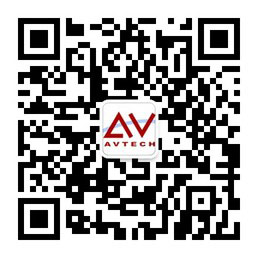当前位置:艾威培训主页 > IT认证 > VMware培训 > VCAP培训课程 > VMware View:Design Best Practices V5.1培训 >
VMware View:Design Best Practices V5.1培训
- VCAP培训课程课程目录
- VMware vSphere:Skills for Operators培训
- VMware vSphere:Optimize and Scale培训
- VMware vSphere:Design Workshop V5.x培训
- VMware vSphere:Troubleshooting V4.x培训
- VMware vSphere:Automation with vSphere PowerCLI培训
- VMware vSphere:Advanced Fast Track V4.x培训
- VMware vSphere:Automation Fast Track V4.1培训
- VMware vCenter Operations Manager:Analyze Predict
- VMware View:Design Best Practices V5.1培训
- VMware vCloud:Design Best Practices V1.5培训
- VMware vCloud:Deploy and Manage the VMware Cloud培训
- VCAP DCD考前辅导培训
- VCAP DCA认证培训
课程介绍:
该课程为期2天,含70%授课和30%实验,本课程将展示为VMware vSphere架构设计VMware View解决方案的方法。该设计方法包含为客户系统制作合理设计决定所必须收集的信息和数据类型、桌面选项、vSphere架构和View组件等的推荐。 VMware最佳实践将在设计流程的每一阶段展现出来。您将和其他参与者一起为实际项目设计一个View解决方案。
课程对象: IT专业顾问、解决方案设计师、系统设计师、系统管理员、IT经理
课程长度:2天
最新时间:定制课程(内训),人满开班(公开课)
课程大纲:
Module 1:Course Introduction
Introductions and course logistics
Course objectives
Module 2:Design Methodology
General design process
Elements of a successful View solution
A design process for View solutions
Module 3:Use-Case Definition
Identifying use cases and their characteristics
Options for collecting performance data
Module 4:Pool and Desktop Design
Mapping use cases to View pools
Design decisions for pool configurations
Configuring and optimizing virtual desktops
Module 5:View Pod and Block Design
Designing the access infrastructure
Design decisions for remote display protocols
Designing a load-balancer solution
Designing the View infrastructure
Module 6:VMware Infrastructure Design
Mapping View infrastructure requirements to vSphere 5
Sizing VMware vSphere ESXi™ hosts for CPU and memory
Sizing VMware vCenter™ Server systems
Sizing network capacity for PCoIP and RDP
Optimizing PCoIP performance
Module 7:Storage Design
Designing the storage solution
Sizing datastores based on capacity and performance metrics
Deploying tiered storage for View Composer linked clones
Module 8: Managing end-user personas and sessions
Best practices for using Active Directory in a View environment
Managing user profiles with View Persona Management
Selecting client devices
Introductions and course logistics
Course objectives
Module 2:Design Methodology
General design process
Elements of a successful View solution
A design process for View solutions
Module 3:Use-Case Definition
Identifying use cases and their characteristics
Options for collecting performance data
Module 4:Pool and Desktop Design
Mapping use cases to View pools
Design decisions for pool configurations
Configuring and optimizing virtual desktops
Module 5:View Pod and Block Design
Designing the access infrastructure
Design decisions for remote display protocols
Designing a load-balancer solution
Designing the View infrastructure
Module 6:VMware Infrastructure Design
Mapping View infrastructure requirements to vSphere 5
Sizing VMware vSphere ESXi™ hosts for CPU and memory
Sizing VMware vCenter™ Server systems
Sizing network capacity for PCoIP and RDP
Optimizing PCoIP performance
Module 7:Storage Design
Designing the storage solution
Sizing datastores based on capacity and performance metrics
Deploying tiered storage for View Composer linked clones
Module 8: Managing end-user personas and sessions
Best practices for using Active Directory in a View environment
Managing user profiles with View Persona Management
Selecting client devices

